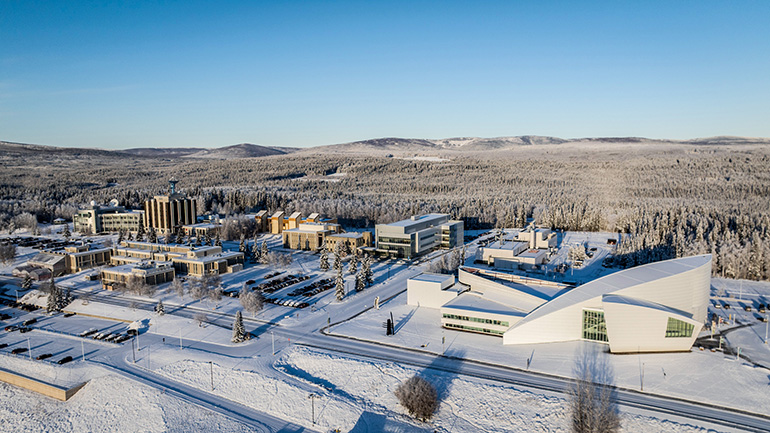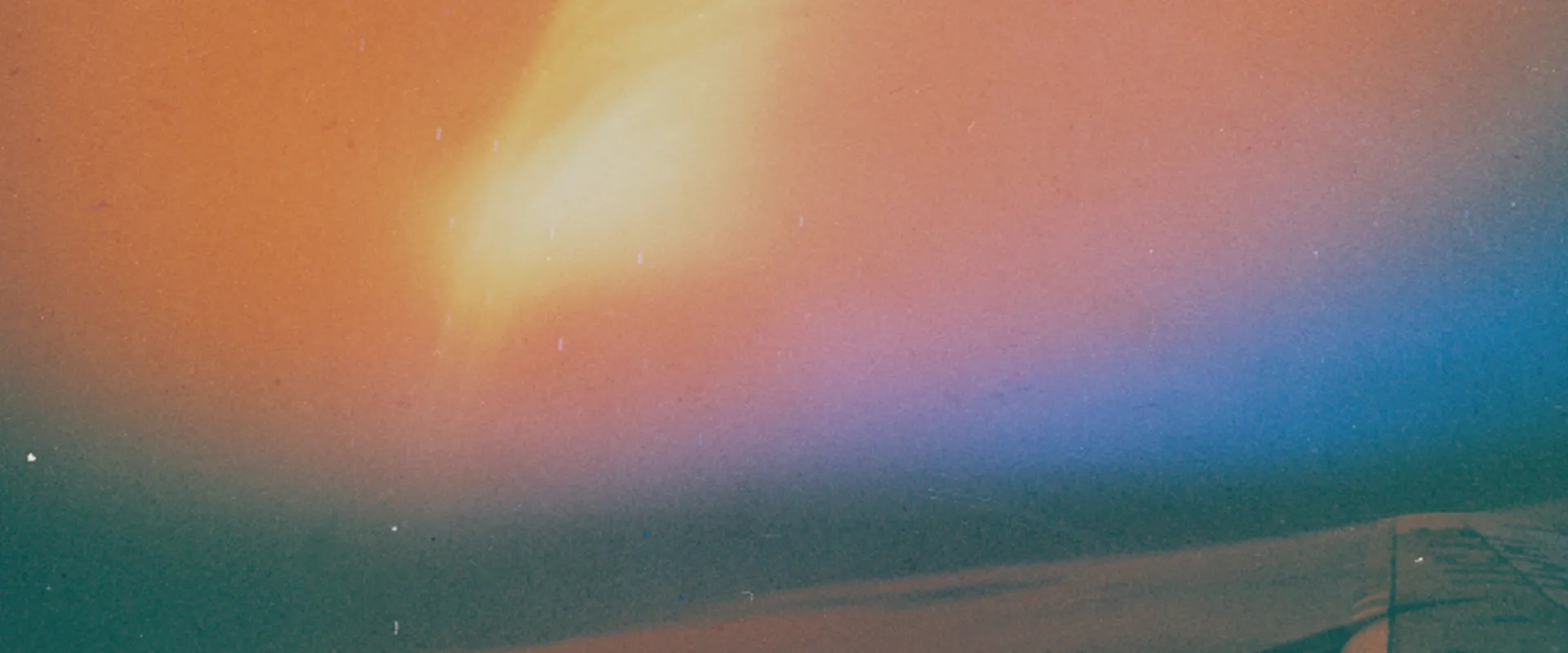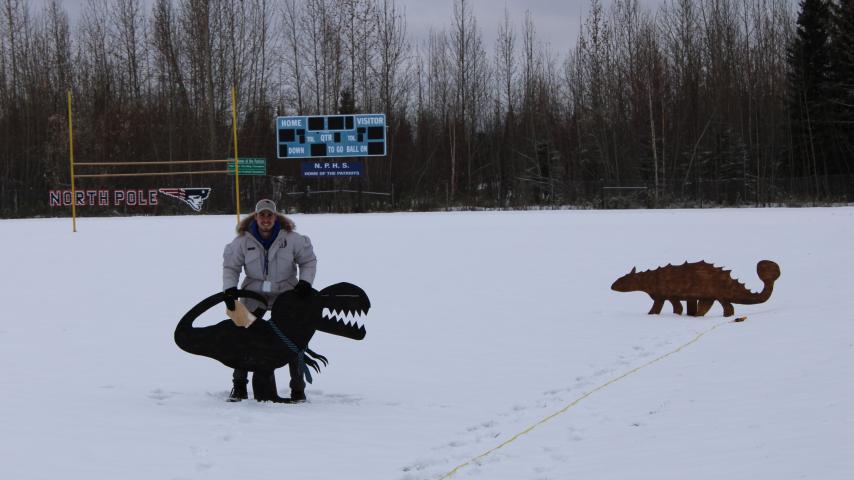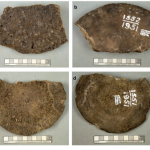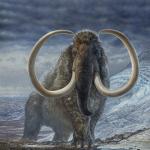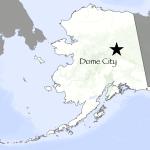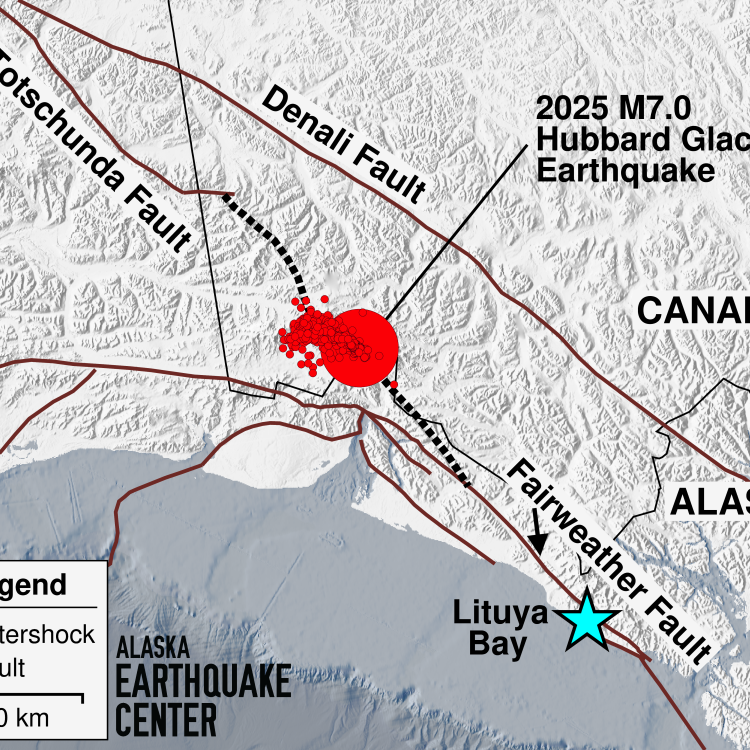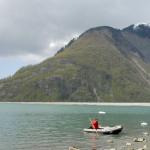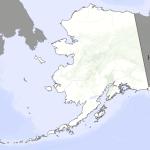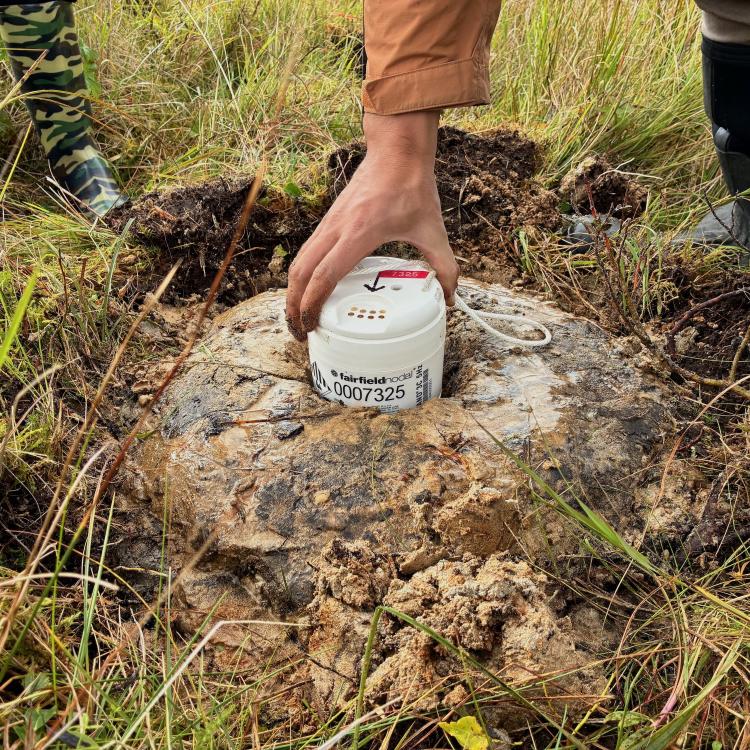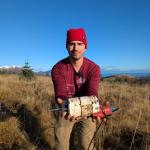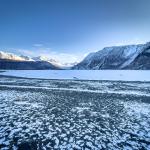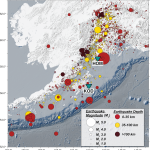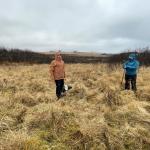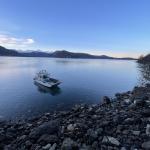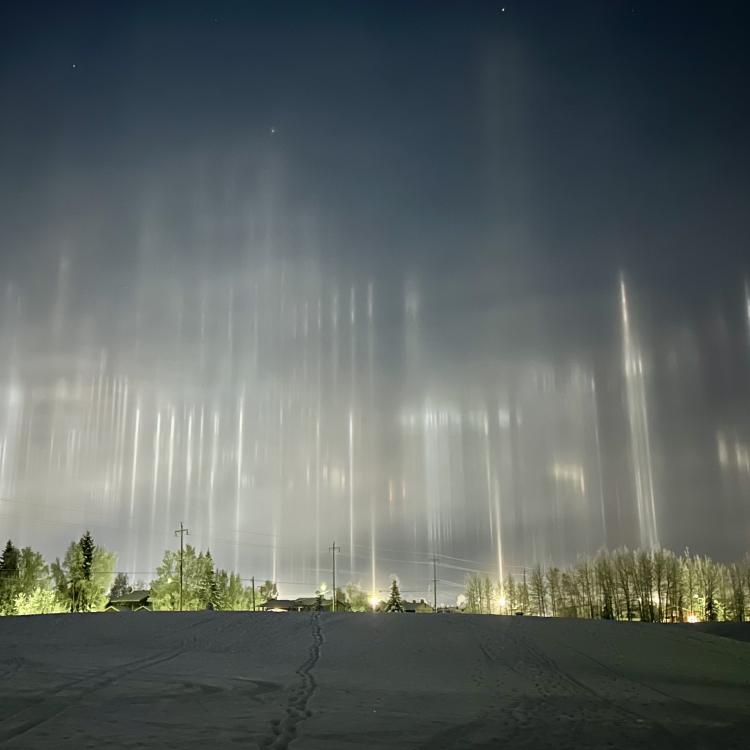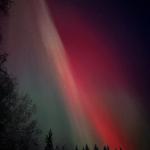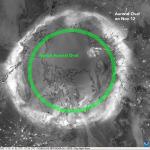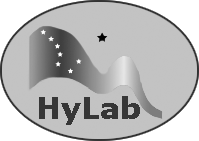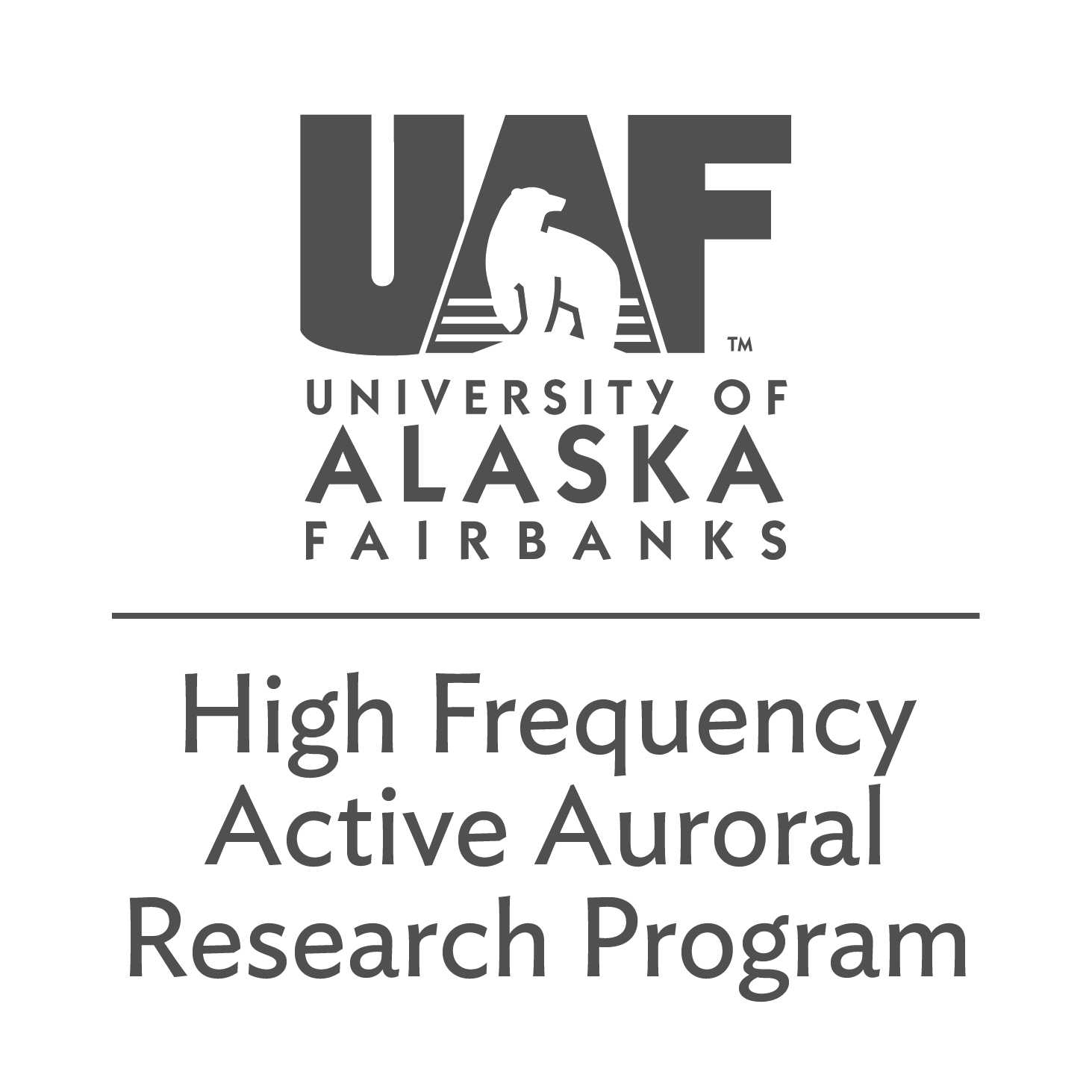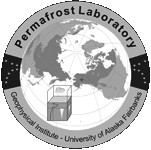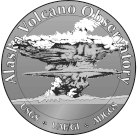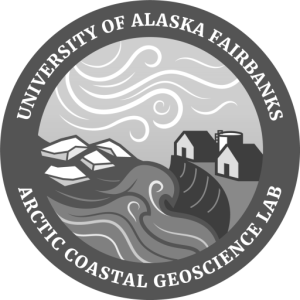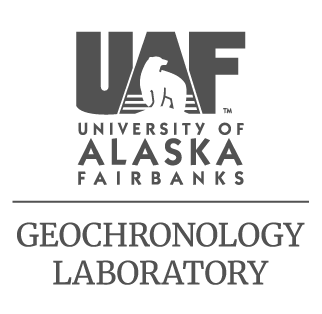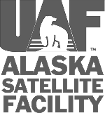Home
-
 Atmospheric SciencesThe Atmospheric Sciences group studies the physical, chemical and dynamical processes
Atmospheric SciencesThe Atmospheric Sciences group studies the physical, chemical and dynamical processes
of the atmosphere from the unique vantage point of the polar region. The group strives to understand
the polar atmosphere and its role within the Earth system. Many topics bear directly on societal issues
related to climate variability and change. -
 Space Physics and AeronomyThe Space Physics & Aeronomy research group studies Earth's geospace environment,
Space Physics and AeronomyThe Space Physics & Aeronomy research group studies Earth's geospace environment,
which extends from the surface of the sun to Earth's atmosphere. The group uses
ground-based observations of magnetic fluctuations, infrasound, light from
auroral emissions, and radio signals reflected from ionospheric irregularities. -
 Snow, Ice and PermafrostThe Snow, Ice & Permafrost research group seeks to understand the properties of Earth's
Snow, Ice and PermafrostThe Snow, Ice & Permafrost research group seeks to understand the properties of Earth's
icy regions, known as the cryosphere, and the physical processes that occur within them.
Scientists study the role of snow, ice and permafrost in shaping the landscape, and the
changes that occur as the Arctic climate warms. -
 Seismology and GeodesyThe Seismology group conducts research and monitors Alaska's earthquakes and tsunamis. The group
Seismology and GeodesyThe Seismology group conducts research and monitors Alaska's earthquakes and tsunamis. The group
includes the State Seismology Lab. Alaska lies in a tectonically complex region bounded by a major
subduction zone. The group carries out high-resolution seismic recordings and studies the motion
and configuration of tectonic plates. -
 Tectonics and SedimentationThe Tectonics & Sedimentation research group strives to reconstruct the processes of Earth's
Tectonics and SedimentationThe Tectonics & Sedimentation research group strives to reconstruct the processes of Earth's
history over a variety of timescales. Alaska and the adjacent regions of the circumpolar north
provide a rich environment for such research. The Pacific North American and Eurasian plates
meet in Alaska, creating a natural laboratory for research in this area. -
 Remote SensingThe Remote Sensing group develops and uses data from satellite, ground-based and
Remote SensingThe Remote Sensing group develops and uses data from satellite, ground-based and
airborne sources to address Earth and planetary science topics. The group studies
volcanology, sea ice, permafrost, crustal deformation, impact craters, land use and
hazard monitoring. -
 VolcanologyAlaska is the nation's most volcanically active state, with eruptions of broad impact. The Volcanology
VolcanologyAlaska is the nation's most volcanically active state, with eruptions of broad impact. The Volcanology
group studies volcanoes and eruptions using remote sensing, infrasound, chemical analyses,
and special instrumentation. The group also studies volcanoes throughout the world and maintains
active collaborations with Alaska Volcano Observatory partners and with other universities worldwide.
Monitors
Real-time data from the world around you.
In the News
What's happening at the Geophysical Institute.
Student Scientists
Meet some of UAF's students conducting research at the GI.
Researchers
Meet the people behind the science.
Alaska Science Forum
Weekly column in cooperation with the UAF research community.
Matthew Wooller couldn’t believe his ears after a California researcher rang his cellphone recently.
A few days ago, the forces beneath Alaska rattled people within a 500-mile radius: A magnitude 7 earthquake ripped under Hubbard Glacier.
KODIAK ISLAND, Alaska — Alders, alders, everywhere.
When you follow scientists in the Alaska wilderness, you’ll almost certainly get alder-snagged.
It’s November in Fairbanks, when the sun reminds you of where on the globe you’re leaving the snowy imprint of your boots.
I once asked a snowmachiner heading out on a trail from Nome where he was going.
“Boston,” he said before speeding off.

